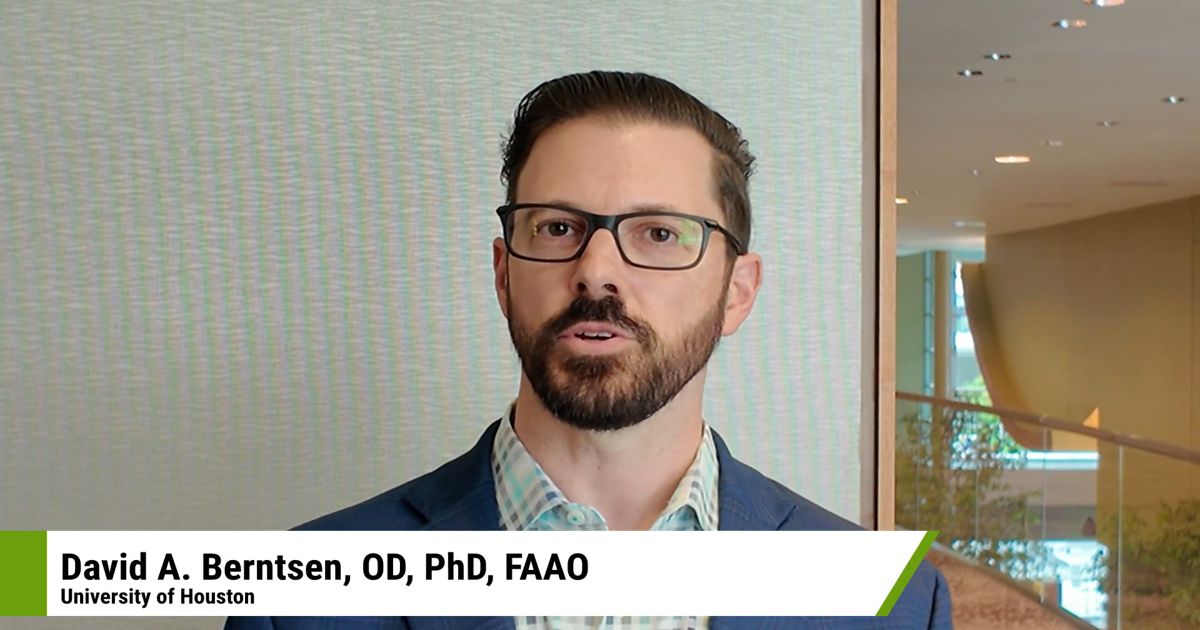August 14, 2025
3 min read
Key takeaways:
- Early evaluation of CV risk factors could prevent premature heart events among young adults.
- The PREVENT risk age calculator may help communicate need for preventive interventions.
BOSTON — With rising prevalence of obesity, diabetes and premature heart attack, early cardiovascular risk assessment could be impactful for young adults who may not know they are at risk, a speaker reported.
At the American Society for Preventive Cardiology Congress on CVD Prevention, Sadiya Khan, MD, MSc, discussed the significance of early risk assessment among young adults and effective communication once risk has been determined.

Early evaluation of CV risk factors could prevent premature heart events among young adults. Image: Adobe Stock
“It’s still shocking to think about young adults having heart attacks,” Khan, who is the Magerstadt Professor of Cardiovascular Epidemiology, associate professor of medicine, preventive medicine and medical social sciences and director of the Center for Population Science and Aging at Northwestern Feinberg School of Medicine, said during the presentation. “So, the question comes up: Did it come out of the clear blue sky?”
The burden of CVD is growing among young men and women, with marked increases in hospitalizations attributable to acute MI starting among people in their third and fourth decades of life, according to the presentation.
“What’s particularly striking is that proportion for women, especially, is increasing,” Khan said. “So, a key demographic that we need to be aware of, who are often in their reproductive years and may not be getting optimal cardiovascular risk assessment.”
This rise in premature MI coincided with rising prevalence of obesity and diabetes among U.S. adults aged 20 to 44 years, Khan said.
Between 2009 and 2020, the prevalence of obesity increased from approximately 33% to about 43%, and the prevalence of diabetes rose from 3% to more than 4%, according to the presentation.
“All of this together is driving what we call a tsunami of cardiovascular-kidney-metabolic (CKM) risk in young adults,” Khan said. “Ultimately, this pushes us to consider the need for a new CKM risk paradigm that considers these factors. … When we think about what we need to do that, there’s three key areas that I think we have to consider, particularly when we think about young adults.”
The first key area was the need for diverse, contemporary samples that are representative of the primary CVD prevention population.
The second key area is the need for relevant predictors and outcomes in CKM syndrome.
The third need is the initiation of early CKM assessment and longer follow-up.
“This is not just about the next 10 years, but it’s really about the lifetime,” Khan said. “But all of this depends on having accurate and precise models that are relevant to our patients today, and that was the impetus for developing the PREVENT equations.”
As Healio previously reported, the PREVENT equations were derived from real-world datasets of more than 6 million adults, and include risk for HF, MI and stroke; omit race; include traditional CVD risk factors for heart disease in addition to kidney function; and take into consideration social determinants of health, blood glucose and kidney function, when clinically available.
“As we think about the evolution of cardiovascular-kidney-metabolic health and the growing burden of cardiovascular disease, particularly in the young, we see that same pattern of evolution in our risk models, starting from the Framingham model to the Pooled Cohort Equations to, now PREVENT,” Khan said. “We’ve built on derivation cohorts, getting bigger and bigger predictors, incorporating more factors that are relevant, and outcomes thinking about the broader prospect of cardiovascular disease.”
Khan said the PREVENT equations could provide an opportunity to improve communication of risk, and patient understanding of our risk factors can increase CVD risk, even at a relatively young age.
“Nearly 12 million adults between the age of 30 and 59 have a high 30-year risk, even though they have a low 10-year risk. … It’s hard to communicate these numbers,” Khan said. “What does 30-year risk mean?”
One method of communicating individuals’ CV risk is via the modified PREVENT age equation, or “risk age,” which describes the discordance between one’s “heart age” and chronological age.
The concept of PREVENT risk age was developed using data from the National Health and Nutrition Examination Survey (2011 to March 2020) of 14,140 nonpregnant adults aged 30 to 79 years without CVD.
As Healio previously reported, CVD risk factors may cause the heart to “age” faster than a person’s chronological age, particularly among people of Hispanic or Black race, individuals with low educational attainment or those with low income. Many of these individuals had a heart- to actual-age discordance of 10 years.
“If my heart age is older than my chronological age, that may be a better way for young adults to understand where their risk is,” Khan said. “We also know that risk models are a starting point. They’re not perfect and can’t include all the factors that go into why an individual person may have risk. … In order to really move forward, we need guideline based-thresholds.
“Risk assessment goes beyond risk prediction. We know that we need optimal risk communication as well as other clinical [data] and biomarkers,” Khan said.










